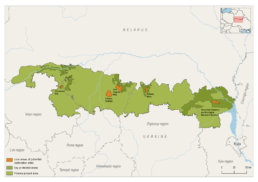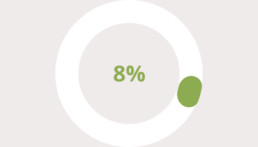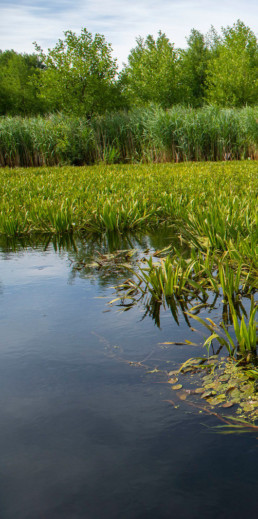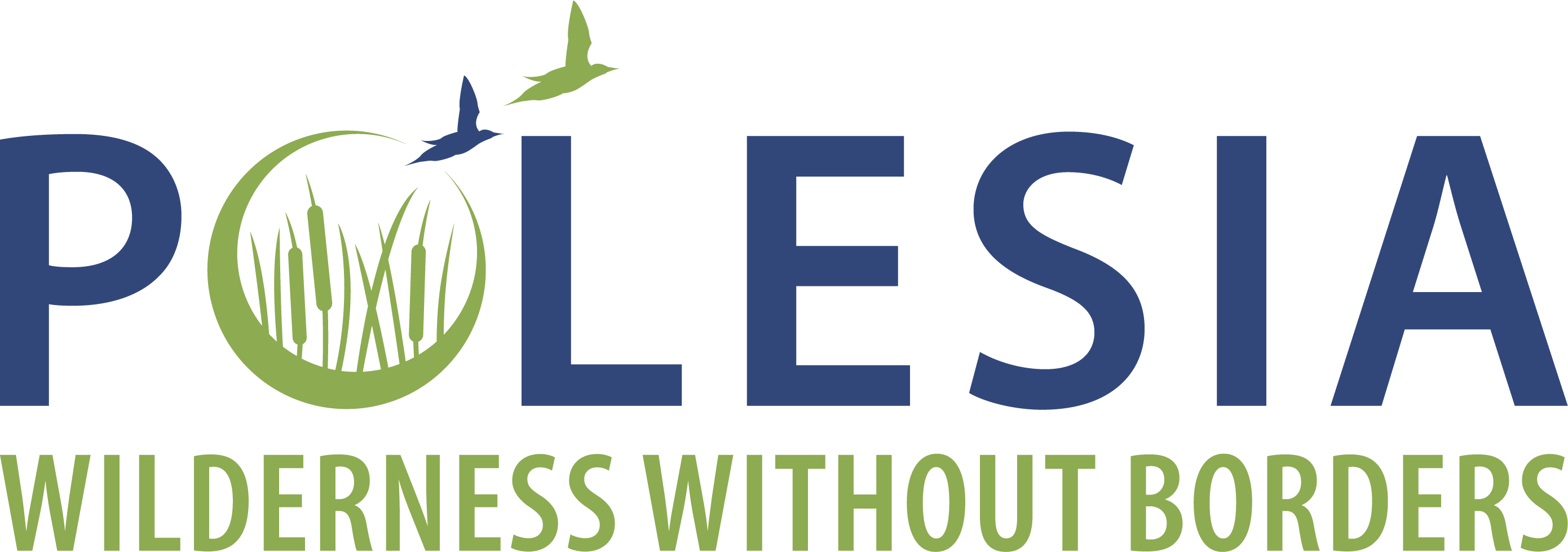Prostyr
The nature reserve occupies the area between the Pripyat and the Prostyr rivers, as well as the floodplain of the Gnilaja Pripyat River and part of the floodplain of the Styr River stretching from the Ukrainian border to the Gnilaja Pripyat Firth.
Part of the area is completely natural; another part is drained by old canals, most of which are overgrown and overcrowded. It is marshy, with many oxbow lakes and channels. The hydrological network is made up by the Pripyat and the Prostyr rivers and their tributaries, the largest of which are the Varaсieс and the Plesa, as well as numerous creeks, oxbow lakes and channels.
In spring, almost the entire floodplain is flooded to an average height of 0.7-1.0 m.
The area boasts a diversity of meadow and wetland habitats being an important stopover and breeding ground for a number of protected waterbird species.

Country: Belarus
Area: 9544,71.0 ha
National protection status: Nature Reserve
International protection status: Ramsar site (1611) – Prostyr (9,5440 ha); IBA (BY037) – Prostyr (10,335 ha); Emerald Network* (BY0000051) – Prostyr (10,103.40 ha).
* After denunciation of accession to the Bern Convention on the Conservation of European Wildlife and Natural Habitats, de jure there are no Emerald Network sites in Belarus.
27
protected bird species are recorded here
20 habitats
listed in Resolution #4
of the Standing Committee to the Bern Convention are found here
>20
protected plant species occur in the area
Land cover

Meadows

Peatbogs

Waterbodies

Forests

Others
Biodiversity and natural values

Habitats
Among the diversity of wetland and grassland habitats hosted by this area, 20 are listed in the Resolution No 4 of the Standing Committee to the Bern Convention as those requiring special protection measures, including the following:
Aquatic Habitats
- Free-Floating Plant Rafts and Mats (3150) – Floating Frogbit Rafts, Floating Water-Soldier Rafts, Floating Bladderwort Colonies, Floating Salvinia natansMats, Floating Aldrovanda vesiculosa Communities, General Free-Floating Vegetation of Eutrophic Waterbodies;
- Rooted Underwater Vegetation (3150) – Rooted Submerged Vegetation of Eutrophic Waterbodies;
- River Vegetation (3260) – Mesotrophic Vegetation of Slow-Flowing Rivers; Eutrophic Vegetation of Slow-Flowing Rivers.
Wetland Habitats
- Transition Mires and Quaking Bogs (7140),
- Rich Fens (7230)– including eutrophic tall-herb fens and calcareous flushes and soaks,
- Beds of Large Sedges– normally without free-standing water;
Grasslands and Meadows
- Moist or Wet Eutrophic and Mesotrophic Grassland (6440),
- Moist or Wet Tall-Herb and Fern Fringes and Meadows (6430);
Woodland Habitats
- Riverine Scrub,
- Riverine Willow Woodland (91E0),
- Riverine Ash – Alder Woodland (91E0)– wet at high water but not at low water.



Birds
27 protected bird species are registered in the area: 21 ones when nesting and 6 ones during their migration. The area is highly important for wetland birds. Four globally threatened species nest here: the Greater Spotted Eagle (Aquila clanga), the Great Snipe (Gallinago media), the Black-tailed Godwit (Limosa limosa), and the Aquatic Warbler (Acrocephalus paludicola). Some protected bird species are found here in numbers exceeding 1% of their national populations: the Savi’s Warbler (Locustella luscinioides) – more than 10%, the Little Crake (Porzana parva) – more than 15%, the Great White Egret (Casmerodius albus) – more than 10%, the Spotted Crake (Porzanaporzana) – more than 6%, the Bittern (Botaurus stellaris) – more than 2%, the Little Bittern (Ixobrychus minutus), the Eagle Owl (Bubo bubo), and the Crane (Grus grus) – more than 1% of their national population.

Flora
12 plant species occurring here are listed in the Resolution No 6 of Committee of the Bern Convention and 21 are included in the Red Book of Belarus. The site is an important habitat for a number of rare and protected plant species. such as the Eastern Pasqueflower (Pulsatilla patens) and the Floating Watermoss (Salvinia natans).

The most important impacts and threats

Meadows overgrowing with scrubs

Transformation of river floodplains into arable lands

Old drainage systems
Protection and conservation needs
About 95% of this area is covered by the Prostyr National Landscape Reserve, where drainage, construction, clearcut logging as well as some other activities are restricted. Some particular rare species’ habitats and biotopes are taken under legal protection. There is a management plan for the area.
Desirable conservation measures include
- consistent implementation of the activities set out in the management plan,
- reduction of the negative impact of agriculture on the surrounding polder areas.
Our activities in the area
A management plan for the reserve has been drawn up. Equipment for the development of ecotourism activities has been purchased and handed over to the reserve staff. Rare biotopes and habitats of rare species have been identified and protected.



The project “Polesia – Wilderness Without Borders” is part of the Endangered Landscapes & Seascapes Programme and is funded by Arcadia. The project is coordinated by Frankfurt Zoological Society (FZS).

